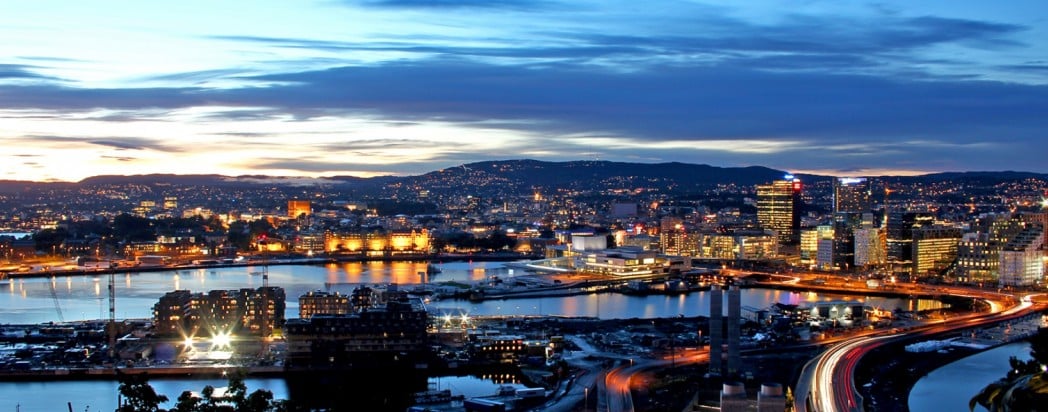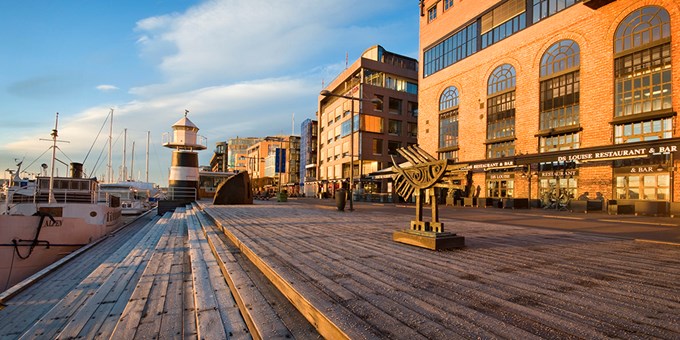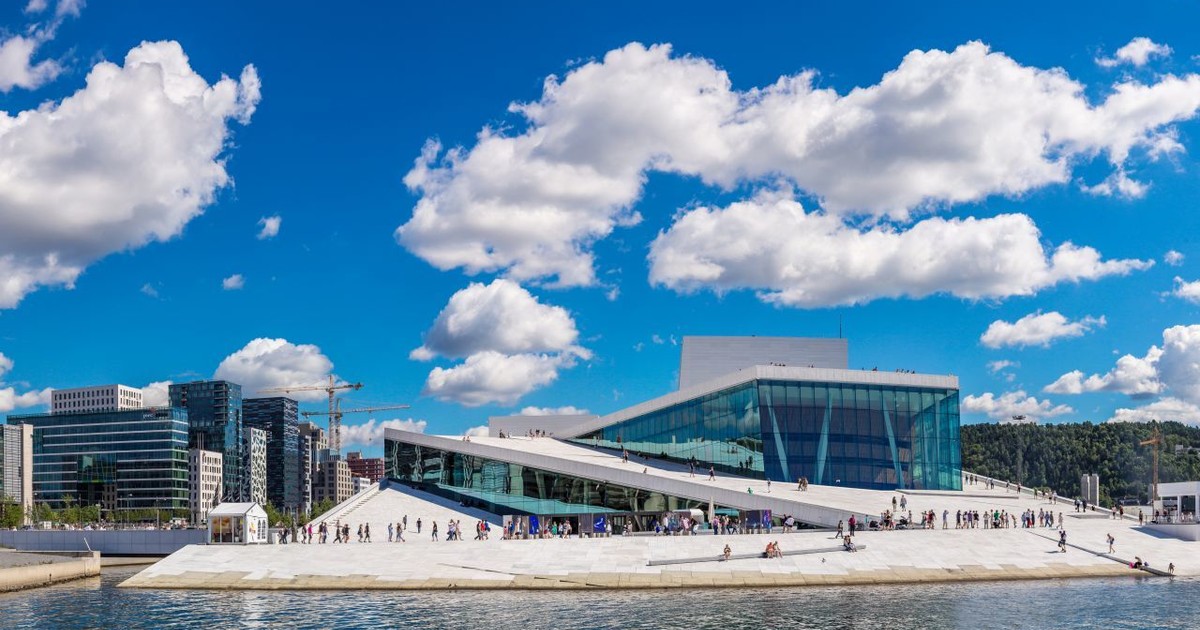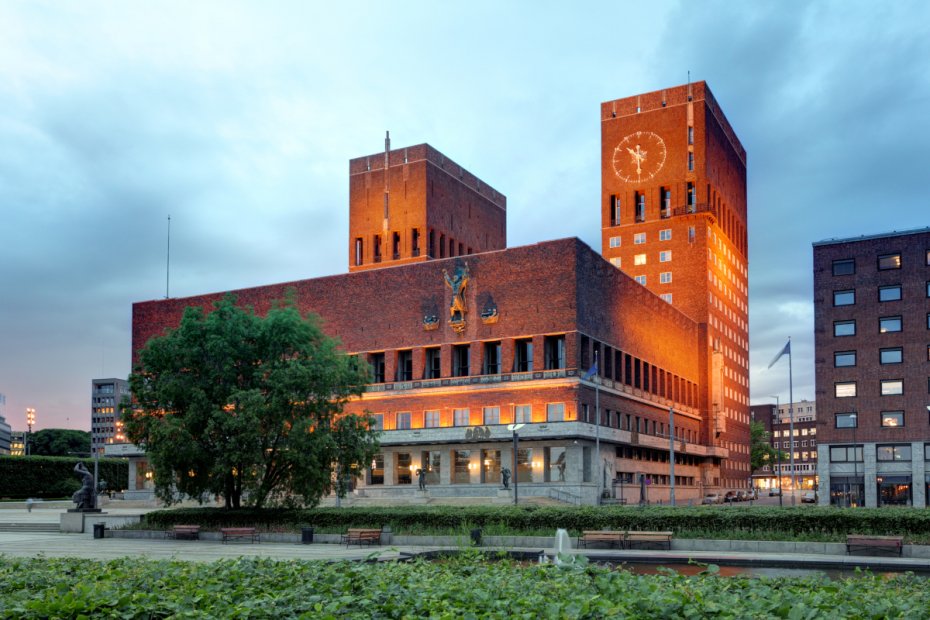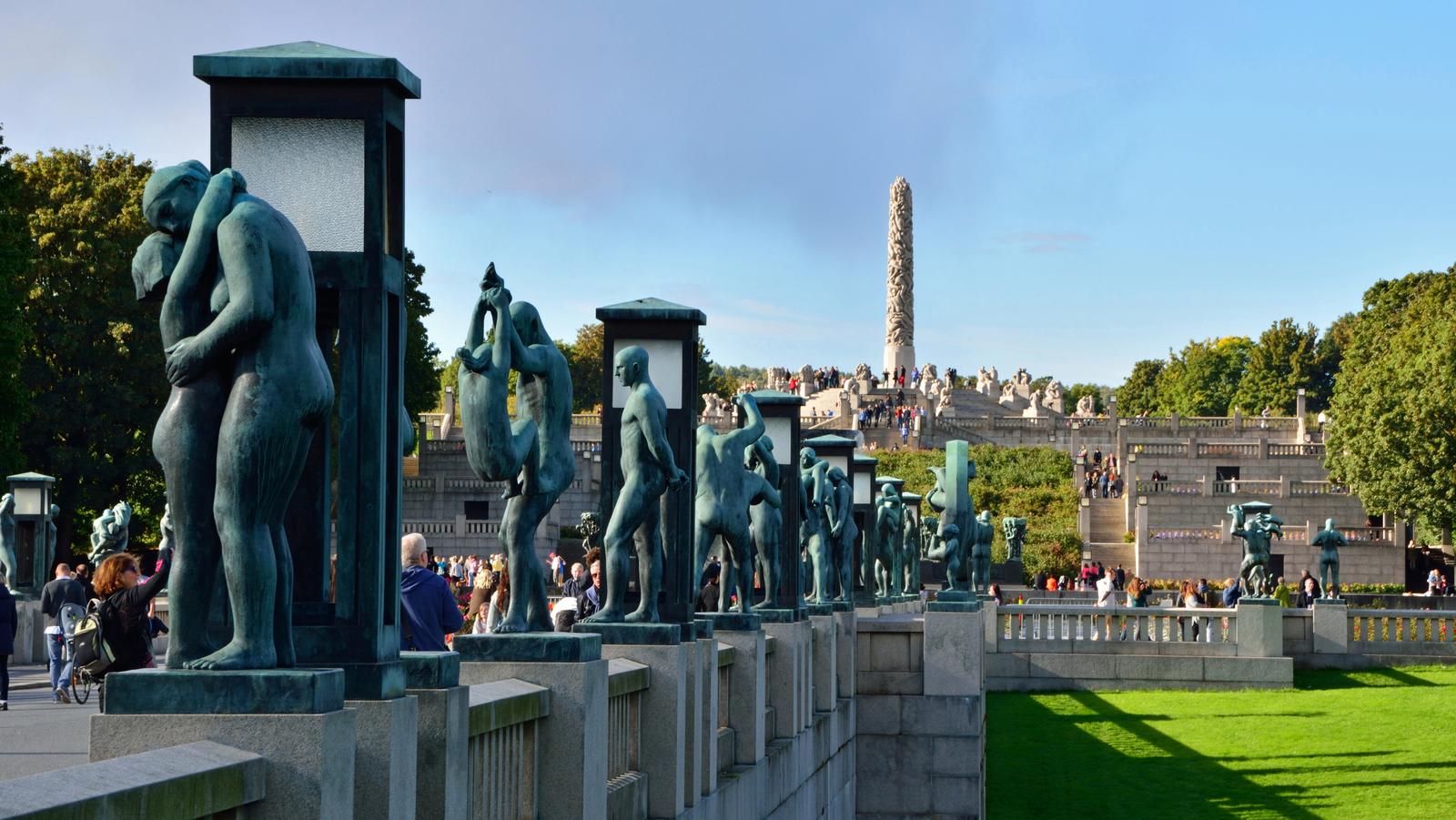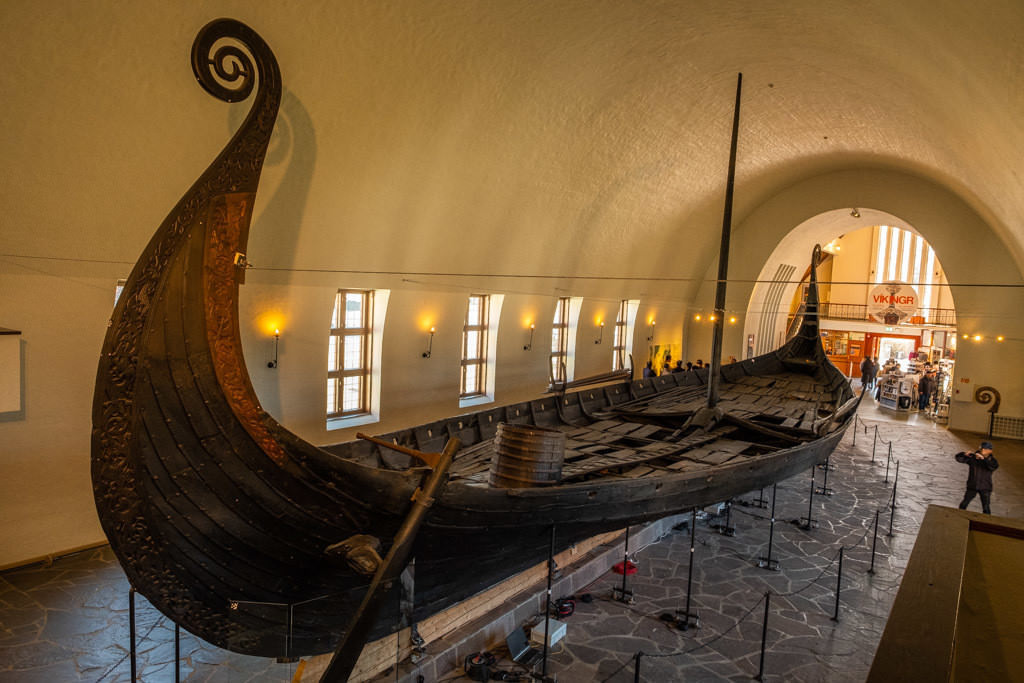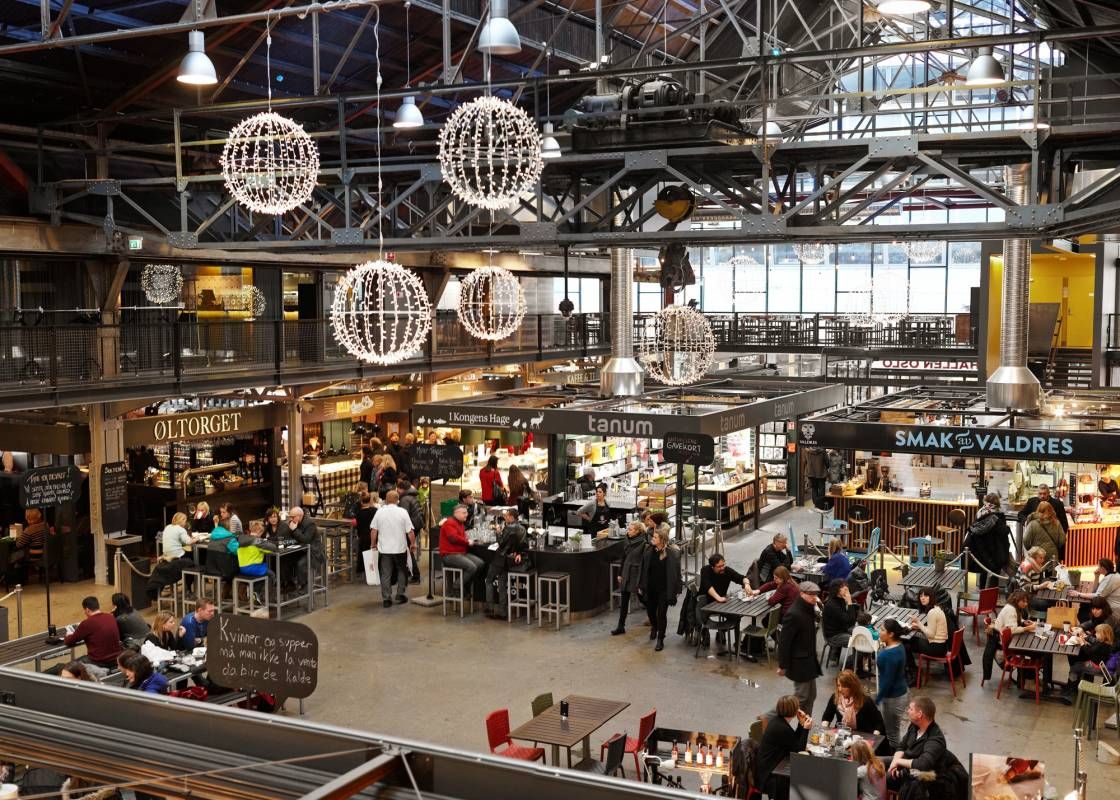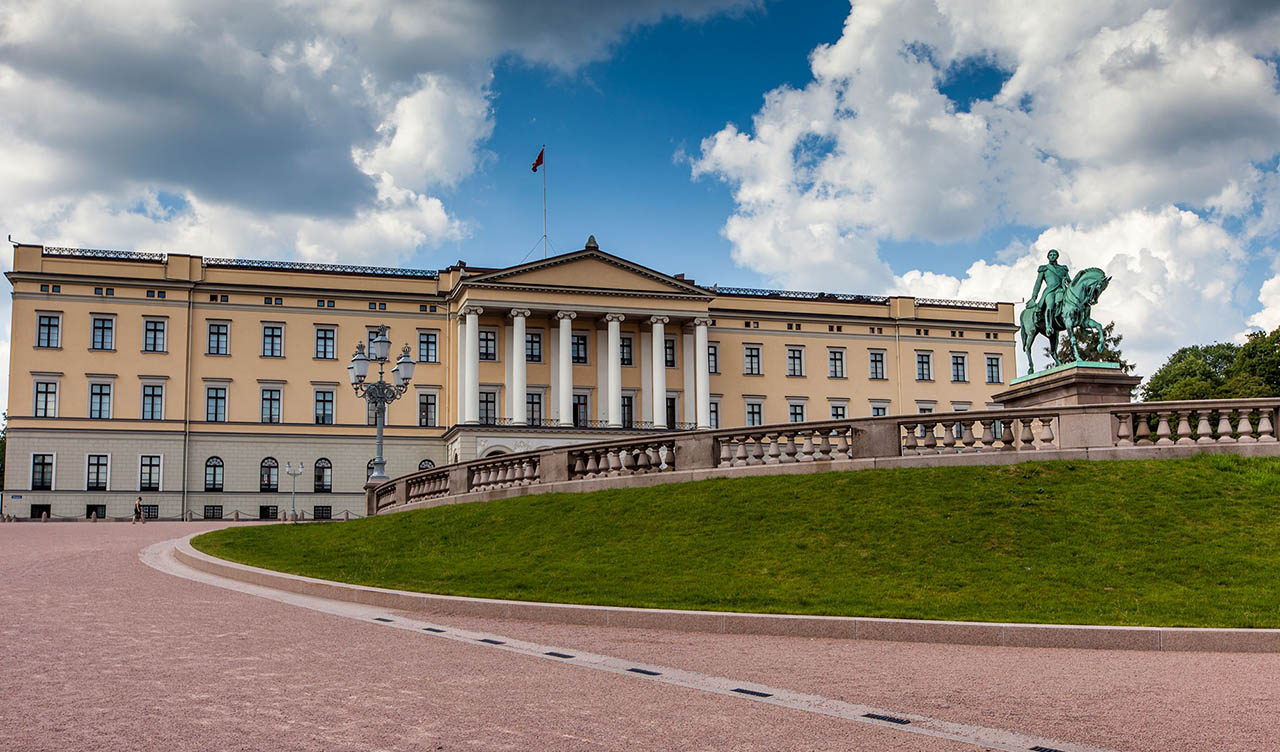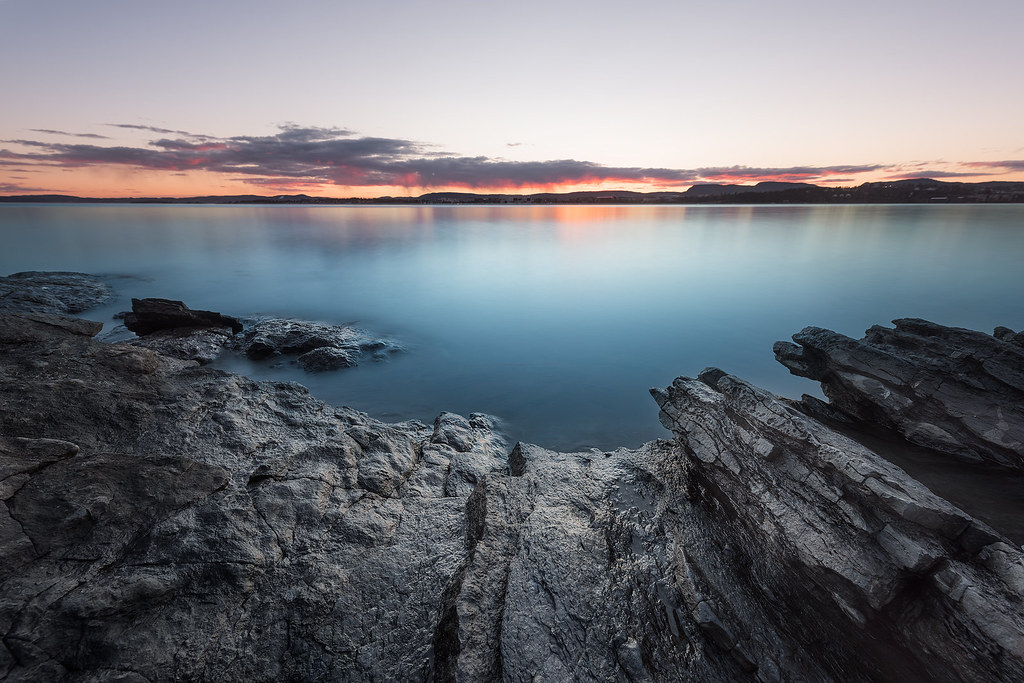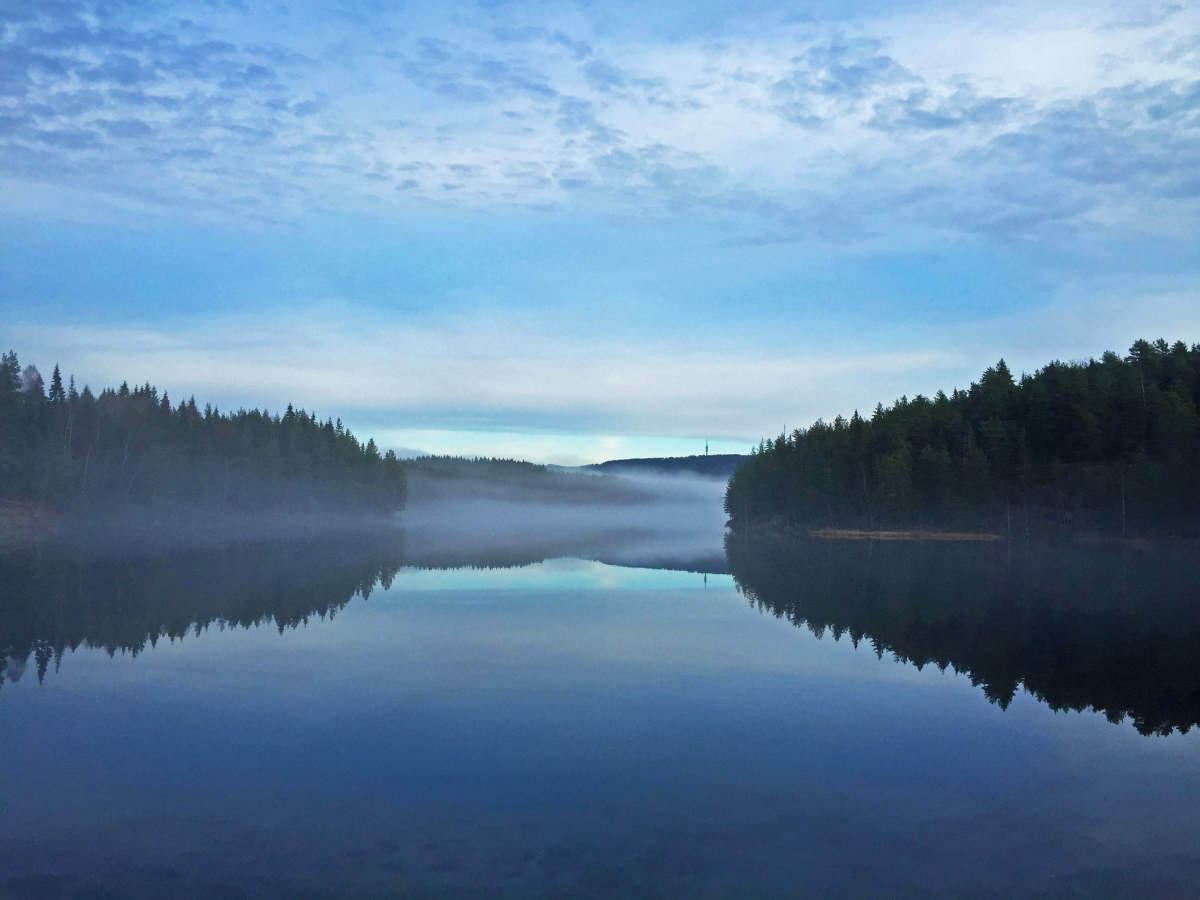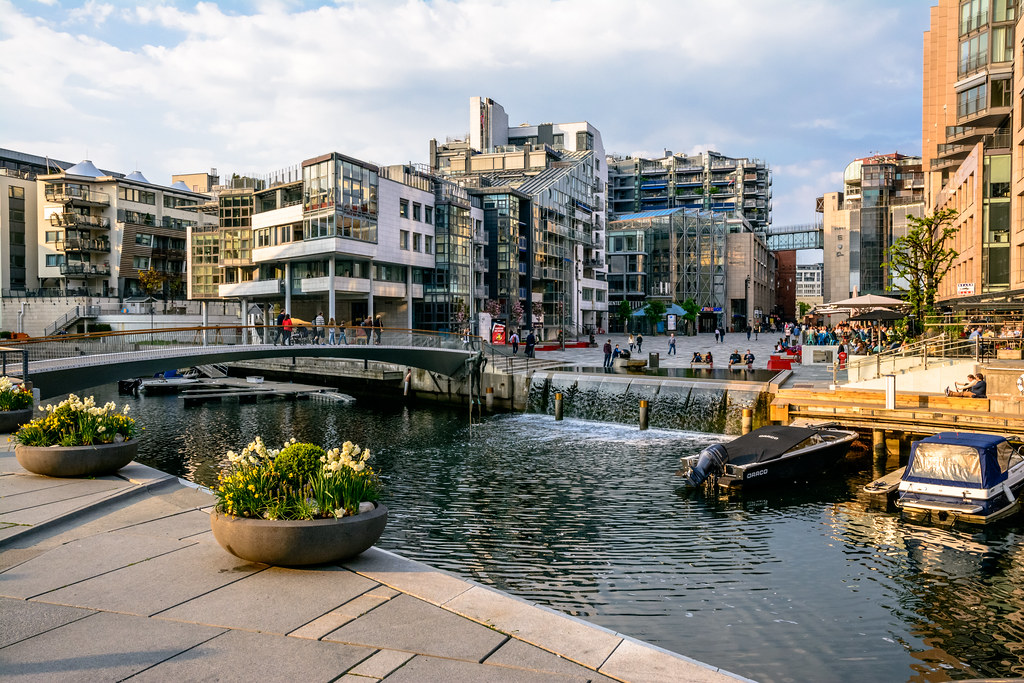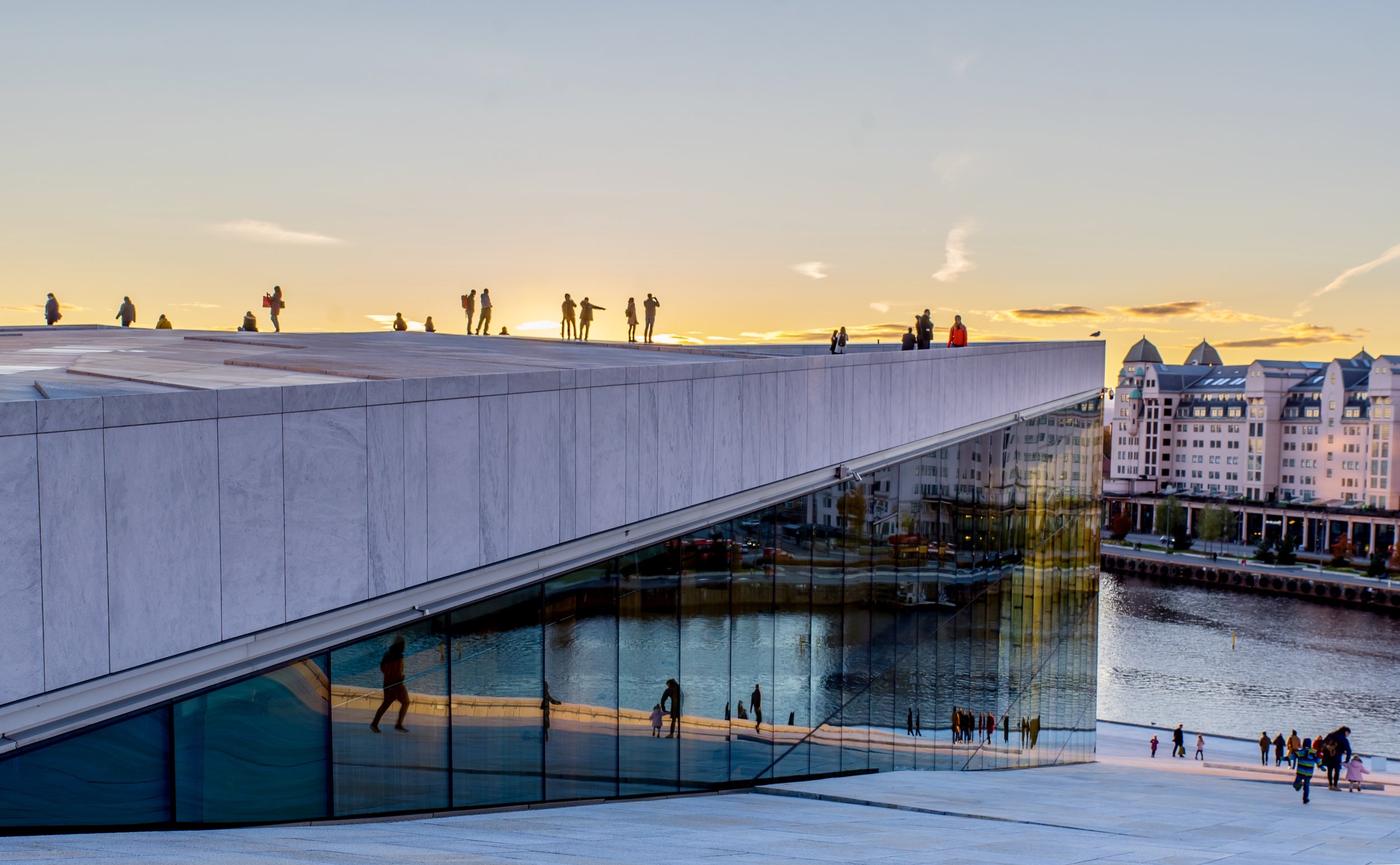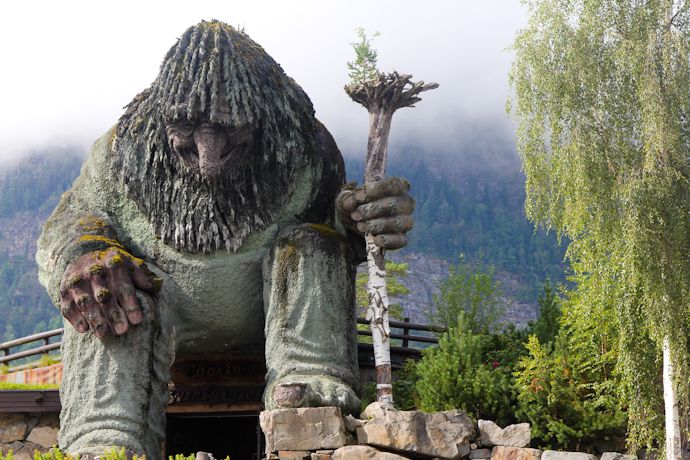On the northern shore of the Oslofjord, Norway’s capital and the third-largest city in Scandinavia is a trendy and sophisticated metropolis that has grown rich from shipping and oil.
Key to the high quality of life, nature is everywhere in Oslo, as the fjord is right in the city’s backyard and you’re never more than a bus ride away from the untamed forest and walking trails by the water and mountains.

